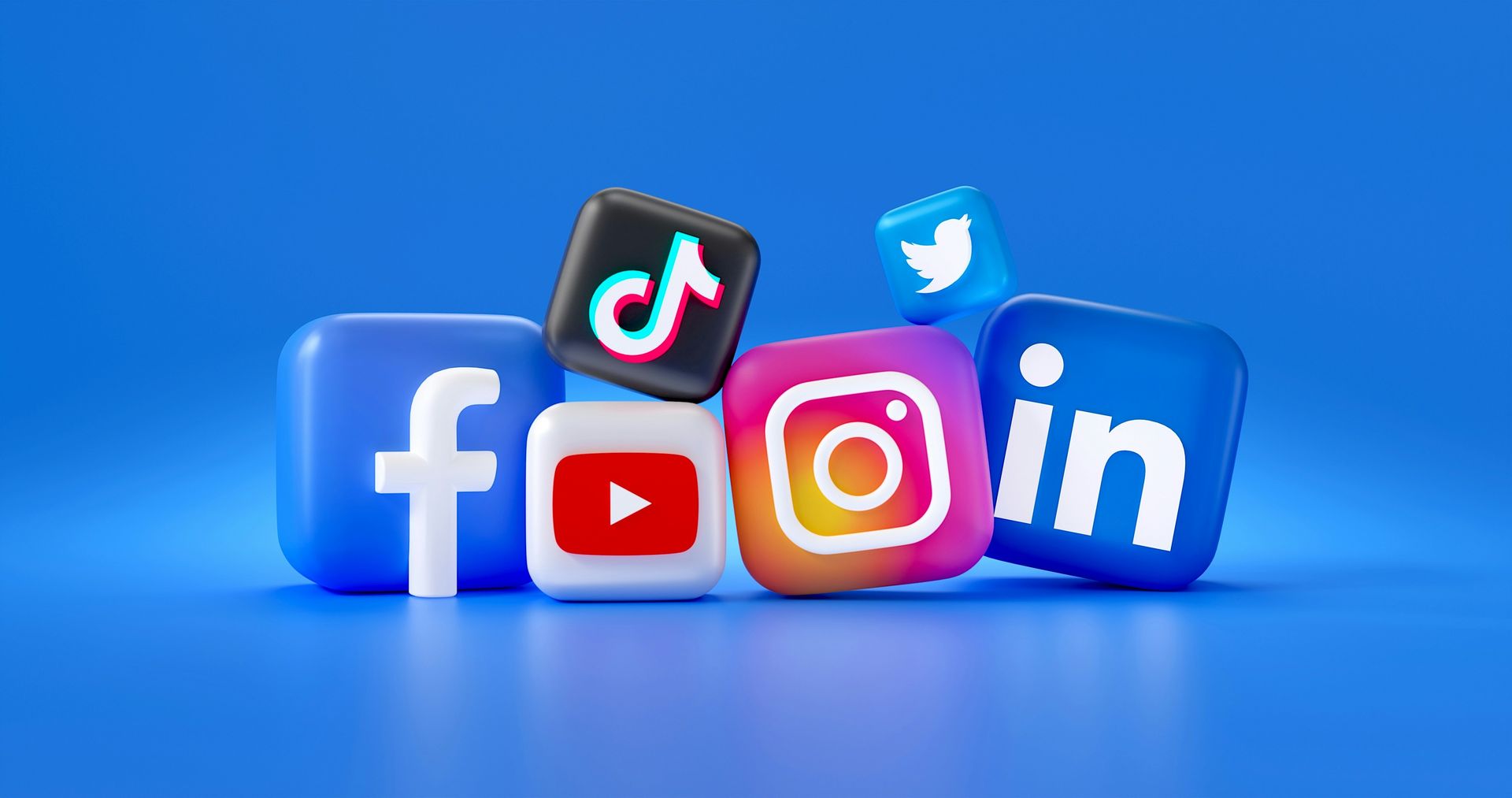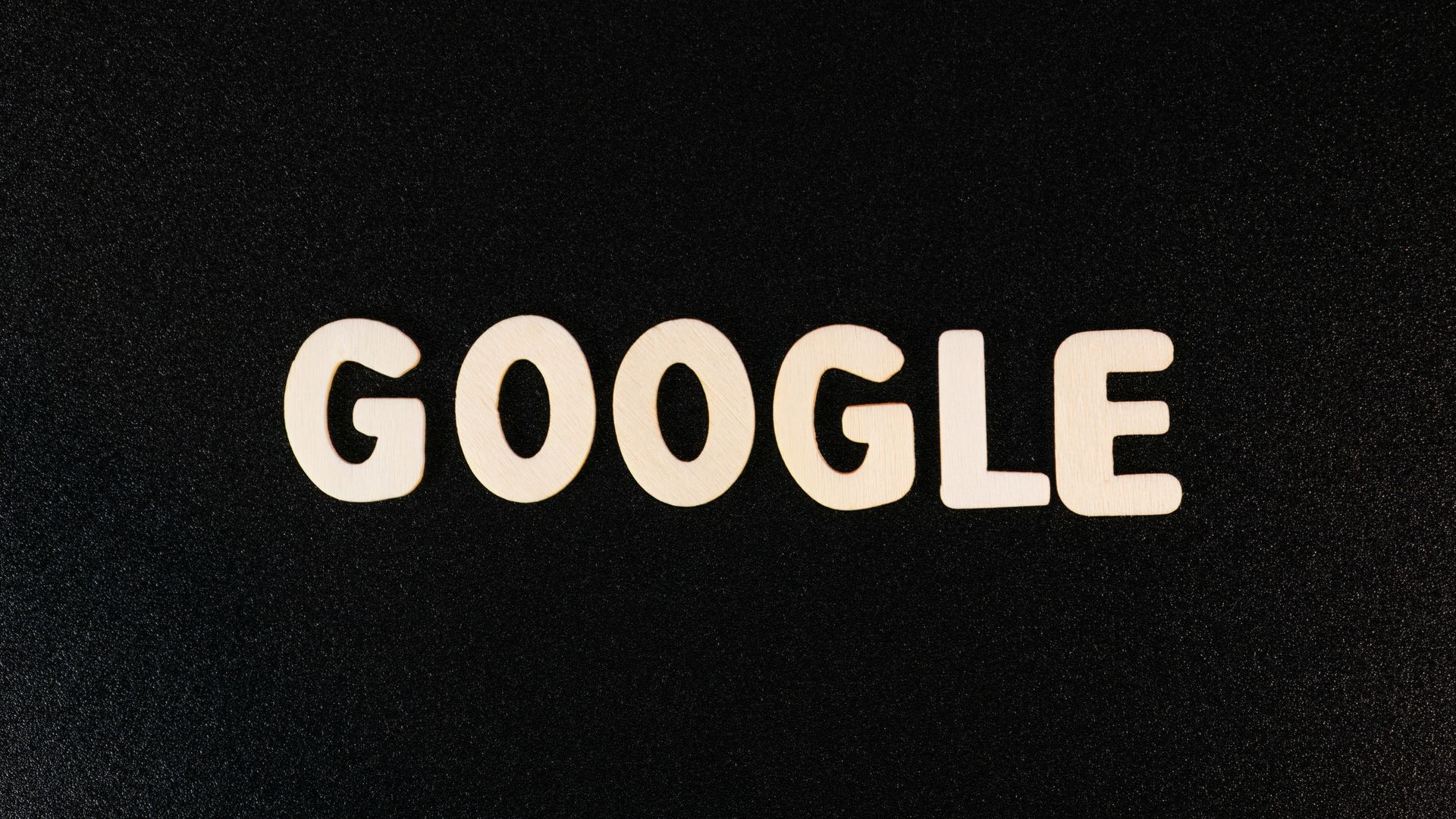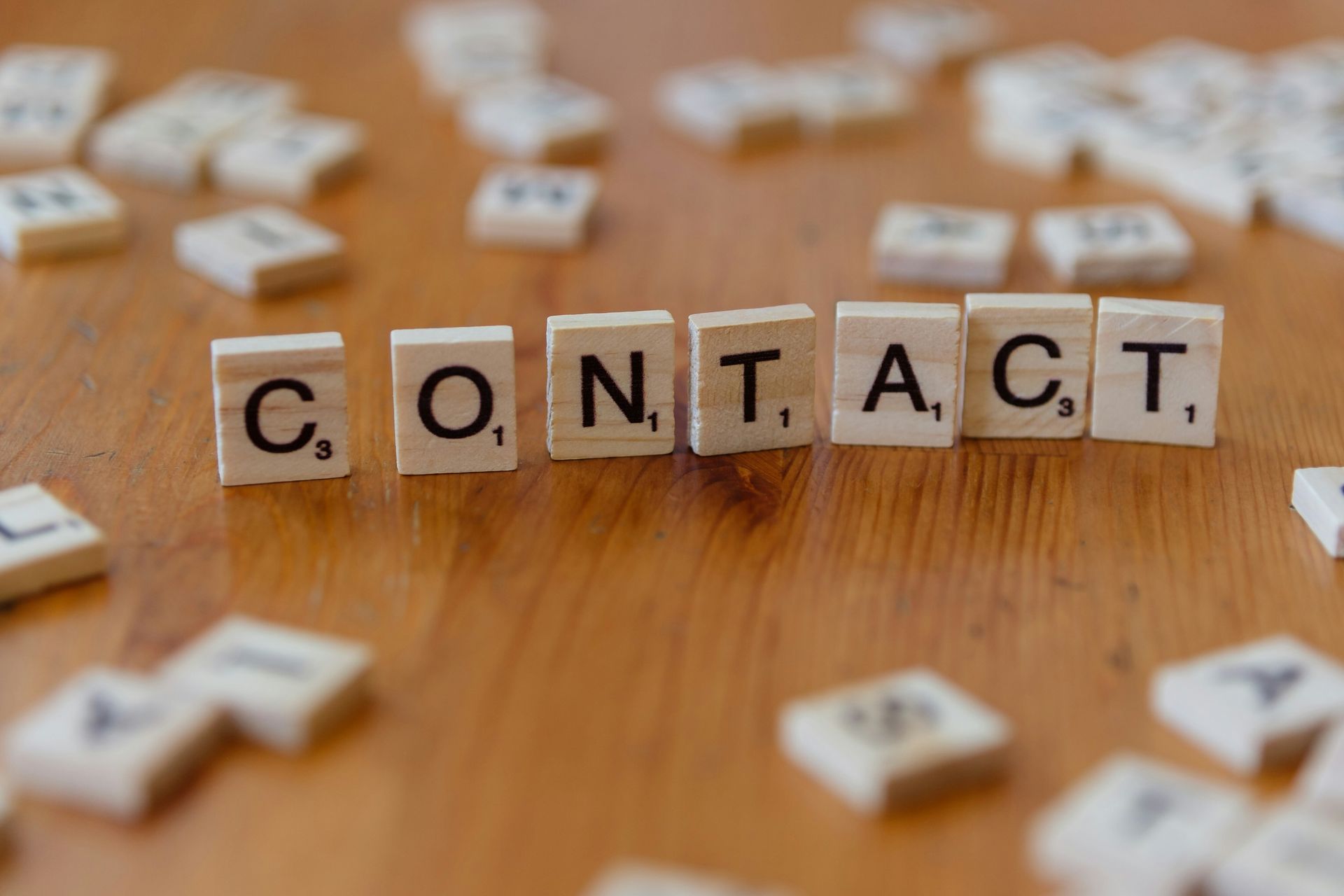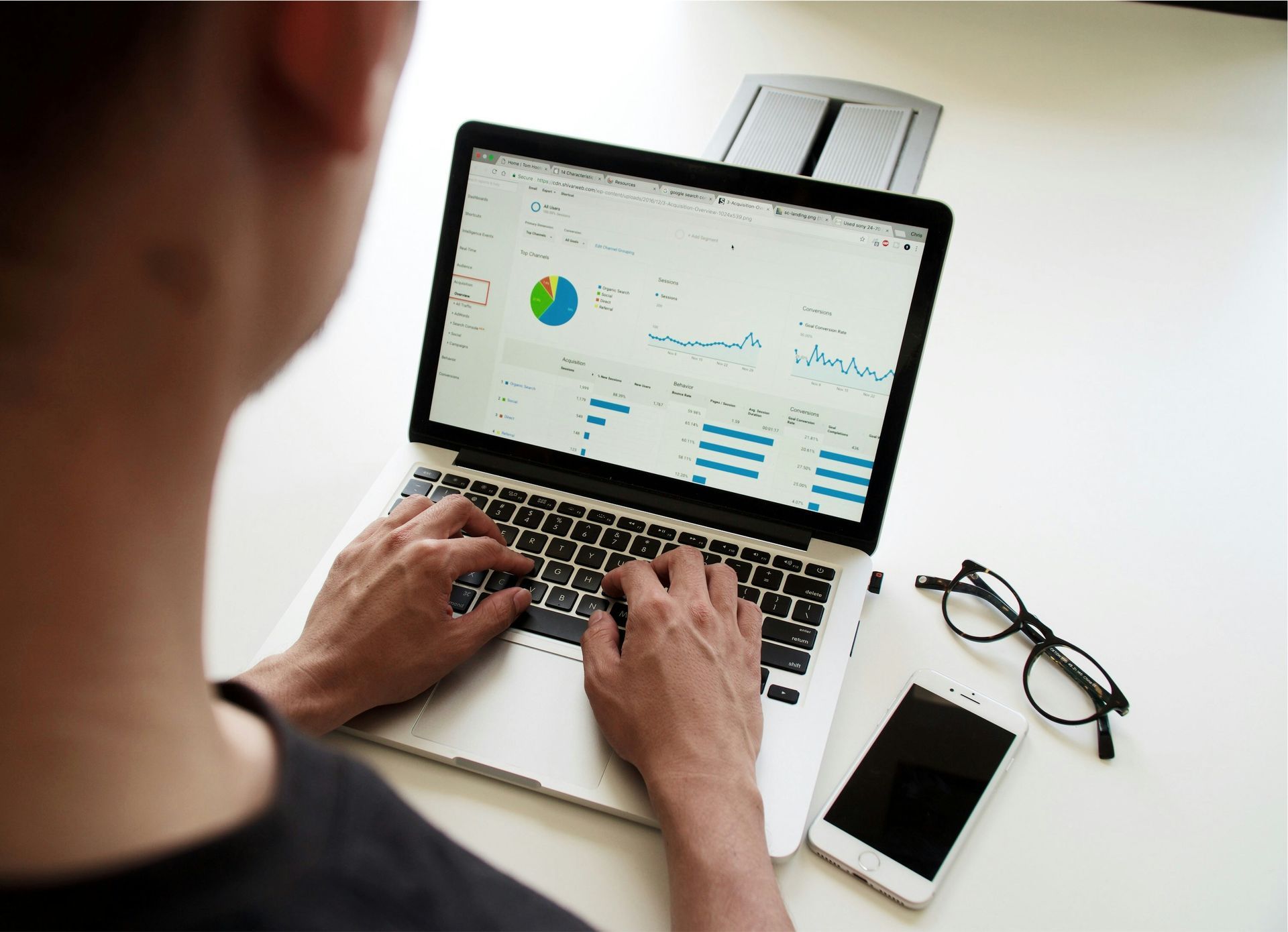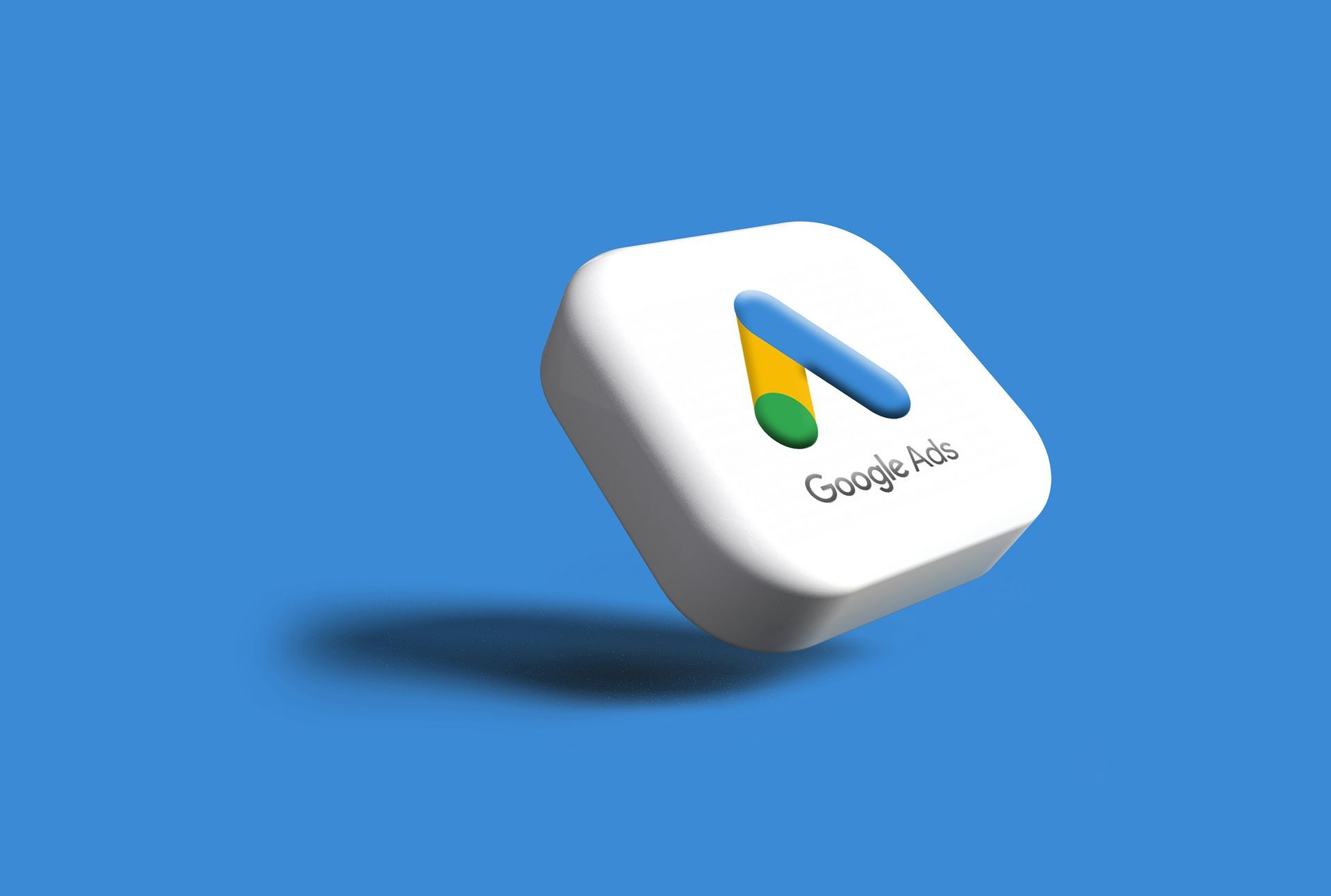Run advisertisement campaigns in Europa - Your European agency to boost your brand

Expanding your brand into Europe can be a game-changer, but running effective advertisement campaigns across diverse countries with unique markets, languages, and consumer behaviors can be daunting. That’s where Marcom.eu steps in. As your European advertising agency, we specialize in creating tailored campaigns that resonate with local audiences, boost brand visibility, and drive results.
This blog will guide you through the challenges, opportunities, and strategies for running successful advertisement campaigns in Europe.
Why Advertise in Europe?
Europe offers unparalleled opportunities for businesses looking to grow their audience. Here’s why:
1. Diverse and Lucrative Markets
Europe is home to over 700 million people across 44 countries, making it one of the largest consumer markets in the world. From tech-savvy millennials in Western Europe to emerging markets in Eastern Europe, the region offers vast potential for growth.
2. High Digital Penetration
With a penetration rate of 92% in Western Europe and 80% in Eastern Europe, digital platforms like Google, Facebook, and Instagram dominate the advertising landscape. This makes Europe ideal for brands leveraging digital marketing strategies.
3. Cultural Richness and Diversity
While Europe’s diversity is an opportunity, it also requires an understanding of local customs, languages, and preferences to create campaigns that truly connect with each audience.
For more insights into reaching diverse audiences, explore How to Use Social Search: Everything You Need to Know.
Challenges of Advertising in Europe
- Language Barriers
Europe has over 24 official languages, and translation is just one part of the puzzle. Ads must be localized to ensure they resonate culturally and emotionally. - Regulatory Differences
Each European country has specific advertising laws, particularly regarding data privacy (e.g., GDPR) and content regulations. Navigating these rules can be challenging for businesses unfamiliar with local laws. - Varied Consumer Behavior
Consumer preferences differ significantly across regions. For instance, Germans value detailed product descriptions, while Italians are drawn to visually striking campaigns. - Complex Media Landscape
From Google Ads to local platforms like Yandex (popular in Russia) and Seznam (popular in the Czech Republic), choosing the right channels is crucial for campaign success.
How Marcom.eu Can Help
At Marcom.eu, we understand the intricacies of the European market. Here’s how we can boost your brand with tailored advertising campaigns:
1. Localized Strategies
Our team creates localized campaigns that consider cultural nuances, language preferences, and market-specific trends to ensure your ads resonate with your audience.
2. Multi-Channel Campaigns
We maximize your reach by running campaigns across diverse channels, including:
- Google Ads
- Social media platforms (Instagram, TikTok, LinkedIn, Facebook)
- Display advertising networks
- Local platforms like Yandex and Seznam
3. Compliance with Regulations
We handle all compliance issues, including GDPR and local advertising rules, to ensure your campaigns meet legal requirements while protecting your brand’s reputation.
4. Data-Driven Optimization
Our data analytics tools monitor campaign performance in real time, allowing us to optimize your ads for maximum ROI.
5. Comprehensive Reporting
Receive detailed reports on campaign performance, including impressions, clicks, conversions, and audience engagement metrics.
Learn more about how we leverage advanced tools to enhance your campaigns in What is SEA and Why Does Your Business Need It?.
Examples of Successful European Ad Campaigns
IKEA: Localized Campaigns for European Markets
IKEA tailors its ads for each European country, using local languages, humor, and culturally relevant imagery to connect with audiences. This approach has made the brand a household name across Europe.
Nike: “Just Do It” Across Borders
Nike adapts its global campaign theme to different European countries by collaborating with local athletes and influencers, creating culturally relevant content.
Coca-Cola’s Regional Variations
Coca-Cola’s European campaigns often include localized slogans, music, and imagery, ensuring a deep connection with local audiences.
Tips for Running Advertisement Campaigns in Europe
- Start with Market Research
Understand the preferences, behaviors, and demographics of your target audience in each country. - Focus on Localization
Translate your content and adapt it to local customs and traditions for better resonance. - Use Geo-Targeting
Platforms like Google Ads allow you to target specific regions or cities, ensuring your message reaches the right audience. - Test and Iterate
Use A/B testing to evaluate different ad formats, messaging, and visuals to find what works best. - Leverage Social Proof
Include testimonials or case studies from local customers to build trust with new audiences.
Why Choose Marcom.eu as Your European Advertising Agency?
Marcom.eu is your trusted partner for creating impactful campaigns that transcend borders. Here’s why businesses choose us:
- Expertise Across Europe: With years of experience, we understand the nuances of advertising in different European markets.
- Full-Service Solutions: From SEO and SEA to social media marketing and web development, we offer a one-stop solution for all your marketing needs.
- Tailored Strategies: We don’t believe in one-size-fits-all. Each campaign is customized to align with your goals and market.
- Proven Results: Over the years, we’ve helped 50+ businesses achieve success across Europe.
Take Your Brand to New Heights
Ready to make an impact in Europe? Let Marcom.eu handle your advertising campaigns and help you connect with audiences across the continent. From strategy to execution, we ensure your brand achieves its goals in a highly competitive market.
Contact us today for a free consultation and start your journey to European success!
ALL OUR OTHER NEWS:

